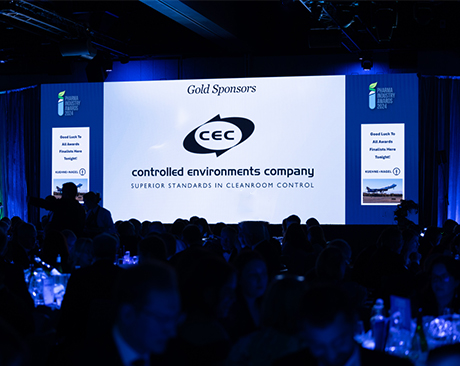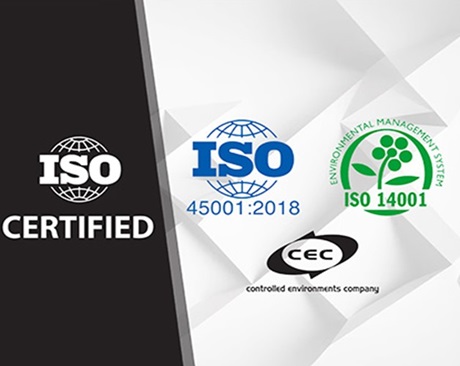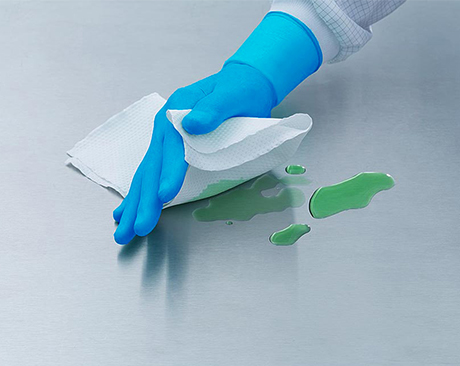ISO vs FED Standards in Cleanroom Control
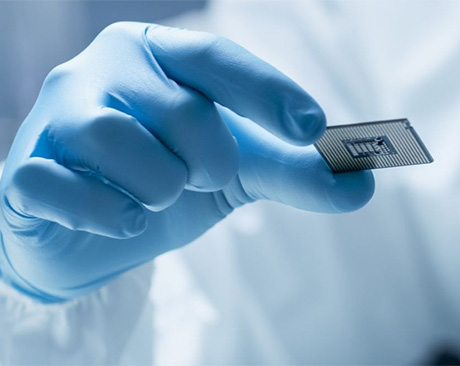
Cleanrooms are a key area of our expertise at Controlled Environments Company. Many industries deal with sensitive components that may be affected by contaminants or particles in the air. Industries like research, medicine, pharmaceuticals, electronics and nanotechnologies require controlled workspaces. A cleanroom is an area that monitors and maintains the number of particles in the air, thus decreasing the likelihood of contamination.
Cleanrooms are classified based on the maximum number and size of particles permitted per cubic metre of air. There are two standards of classification: the FED and the ISO. Both standards measure the same thing (particle load) and there is direct correlation between the levels of each, as outlined in the table below.
Cleanroom Classifications
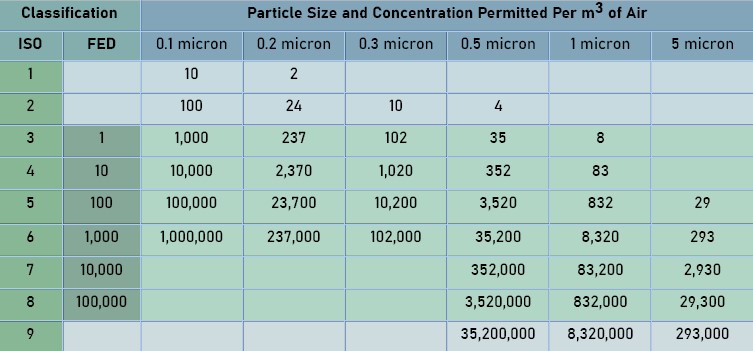

FED Standards
The FED is short for The Federal Standard 209E, which can sometimes be abbreviated as FS209E. It was created by the U.S. General Service Administration and despite being developed in the United States, it was applied worldwide. This was due to the lack of international equivalent systems. The FED uses classifications from 1-1,000,000. When the class given is a large number (for example Class 10,000 Cleanroom) this is using the FED System.
ISO Standards
In November of 2001 the ISO classification system was developed by the International Standards Organisation (ISO) in response to a demand for a world-wide industry standard. The ISO classification ranks cleanrooms from Class 1 to Class 9. When the class given is a single-digit number (for example Class 7 Cleanroom) this is using the ISO standard.
The ISO was created to supersede the FED and standardise the industry internationally. It covers the equivalent standards as outlined by the FED, but it adds two higher standards and one lower standard. Despite the ISO replacing the FED, it is still commonplace to give both standards of classification when possible. This is so that older cleanrooms remain relevant and also due to localities, industry habit and history.
A key feature of the ISO is that it not only classifies cleanrooms but that it also sets regulations to ensure that when a classification is reached it is reliably maintained. Three key areas covered by the ISO are cleaning, air changes and testing.
Cleaning
The cleaning procedure removes contamination on surfaces, equipment and personnel and is an essential component of maintaining a cleanroom's controlled environment. The ISO classification determines what procedures are necessary to pass inspections and quality checks. As the Cleanroom levels get higher, more rigorous cleaning is required.
Air Changes
Air changes are essential to reducing particle load. Cleanroom air is filtered through HEPA (High-Efficiency Particulate Absorbing) filters, which trap and remove any particles that are outside of the allowable maximum size. The higher the number of changes per hour, the lower the average particle count. For example: a Cleanroom Class 5/100 recommends 400-475 air changes per hour, whereas a Cleanroom Class 7/10,000 recommends 60-150 changes.
Testing
Testing is commonly performed by light-scattering particle counters, which take samples of the air in the cleanroom. Air pressure and airflow is also regularly tested. The frequency and method of monitoring is outlined by the ISO, and is dependent on the class of cleanroom being maintained, with higher classes requiring more strenuous and frequent tests to retain their certification.




